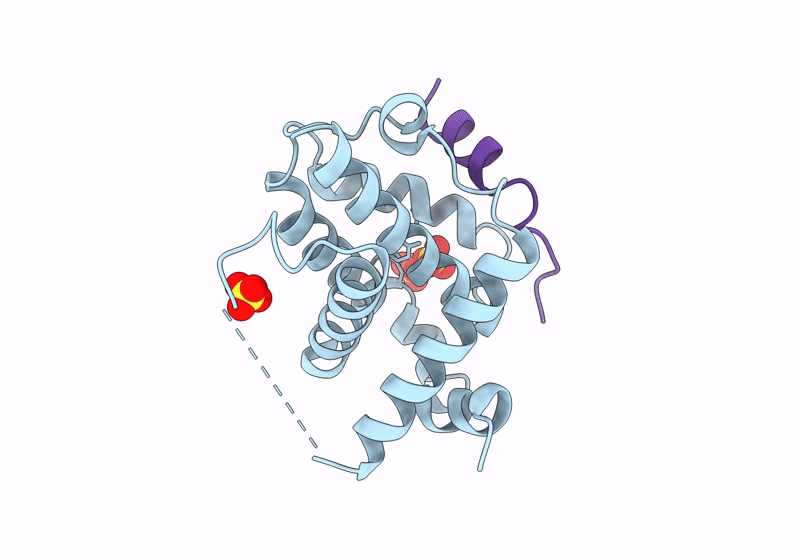
Deposition Date
2024-12-16
Release Date
2025-09-17
Last Version Date
2025-11-05
Method Details:
Experimental Method:
Resolution:
1.95 Å
R-Value Free:
0.20
R-Value Work:
0.16
R-Value Observed:
0.17
Space Group:
C 2 2 21


